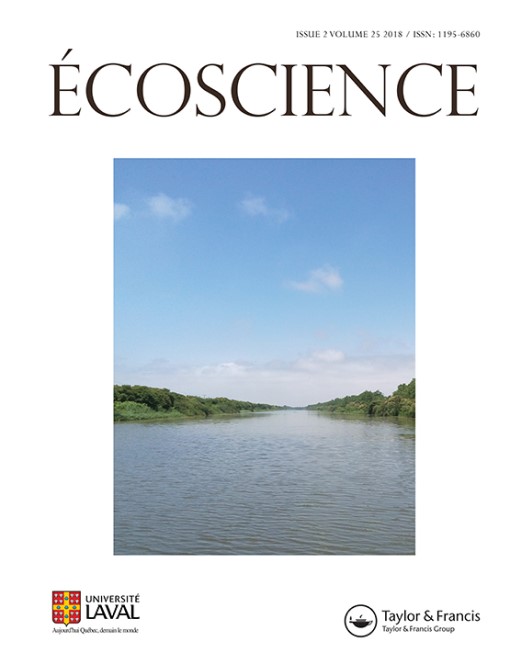Palynological analysis of peat cores collected near two abandoned farms in the Svalbarðstunga Valley of the þistilfjorður region of northeastern Iceland was used to reconstruct the mid-Holocene vegetation history and to distinguish climatic and anthropogenic impacts on terrestrial ecosystems since colonization. The first site, Hjálmarvík, is located along the coast of þistilfjorður, while Kúðá is located 12 km inland. From 6430 to ca. 4500 cal BP, shrub tundra and birch woodland dominated the landscape. Between ca. 4500 and ca. 1170 cal BP, cooler and wetter conditions favored peatland species, while birch significantly declined. From 1170 cal BP to the present, grassland and peatland were prevalent. Birch woodland had virtually disappeared from the inland regions by 5810 cal BP and from the coast by 3450 cal BP. However, isolated trees persisted in certain areas. Following the initial Norse settlement of Svalbarðstunga at about 1000 AD, the development of agriculture and sheep grazing promoted the spread of sedges and facilitated the introduction of new plant species. Ecological changes linked to the Norse landnám were more limited in Svalbarðstunga than elsewhere in Iceland, where abrupt changes such as woodland clearance and erosion have been associated with human settlement.
How to translate text using browser tools
1 April 2018
Vegetation History Since the Mid-Holocene in Northeastern Iceland
Natasha Roy,
Najat Bhiry,
James Woollett,
Bianca Fréchette
ACCESS THE FULL ARTICLE






